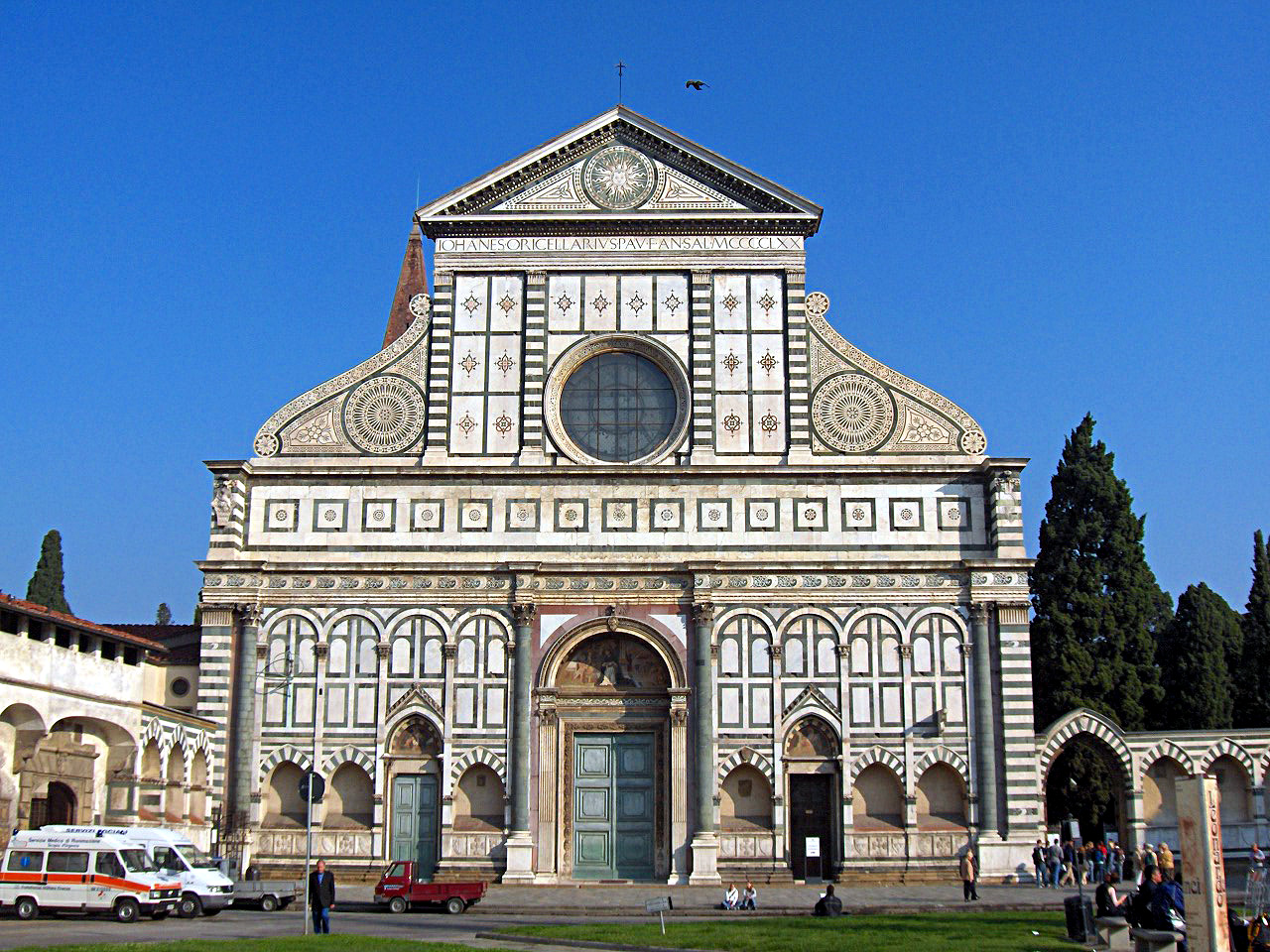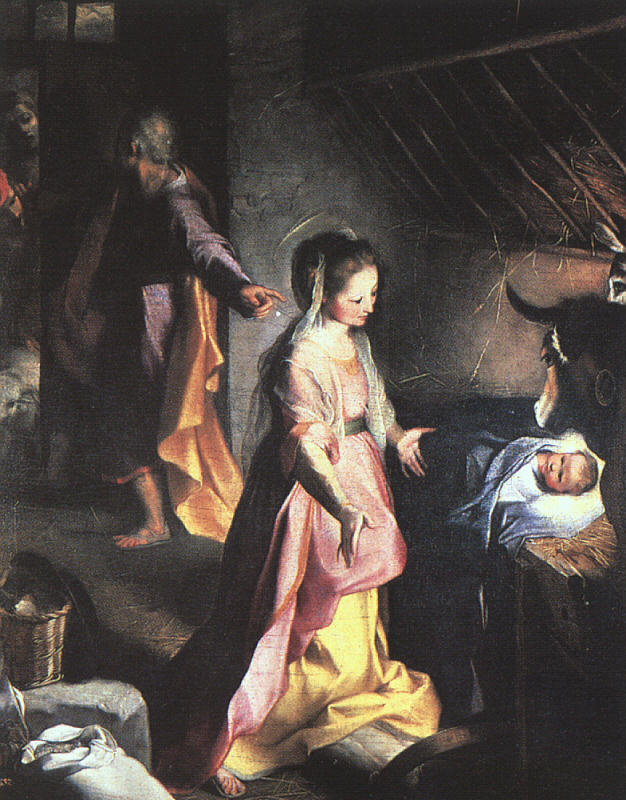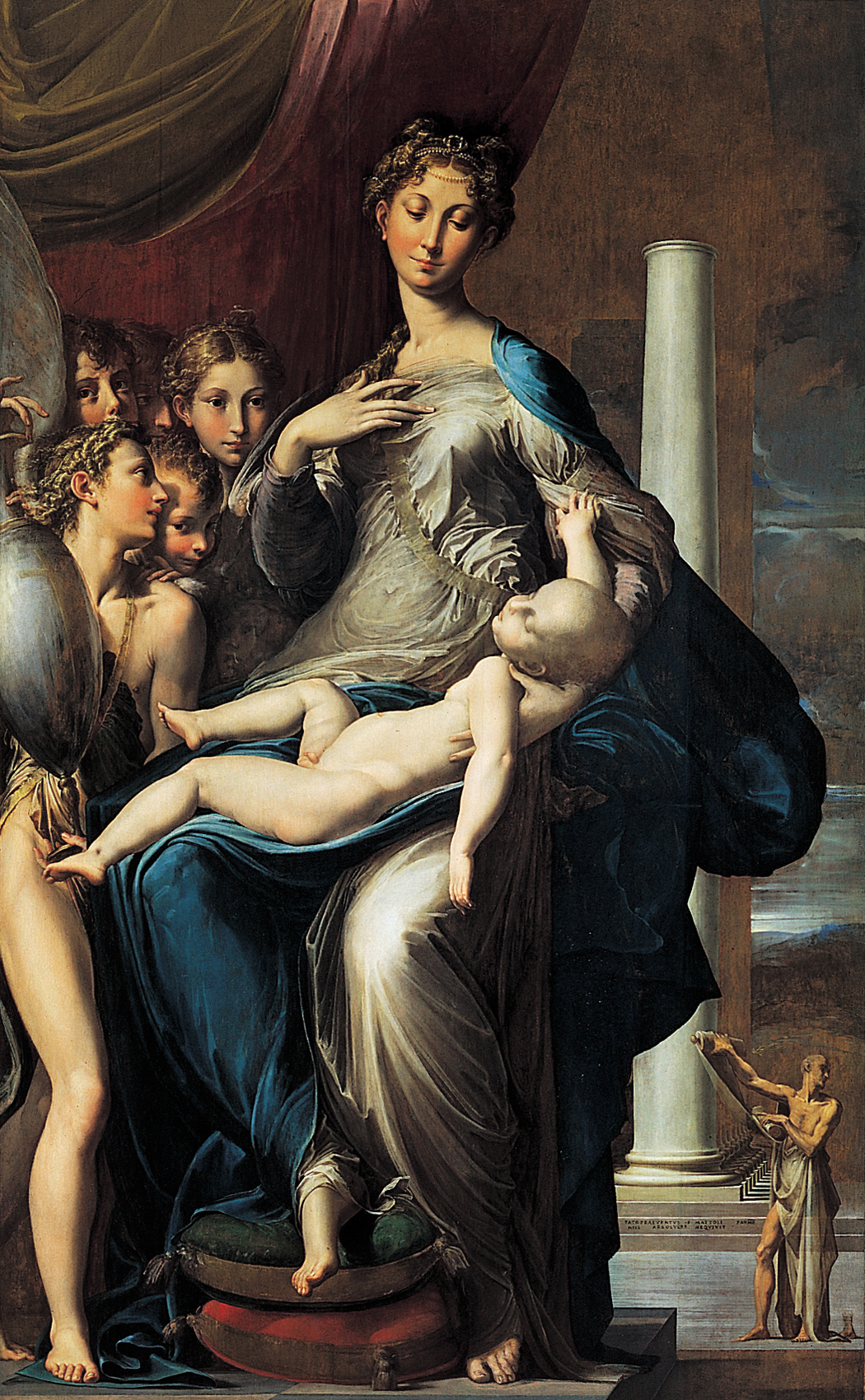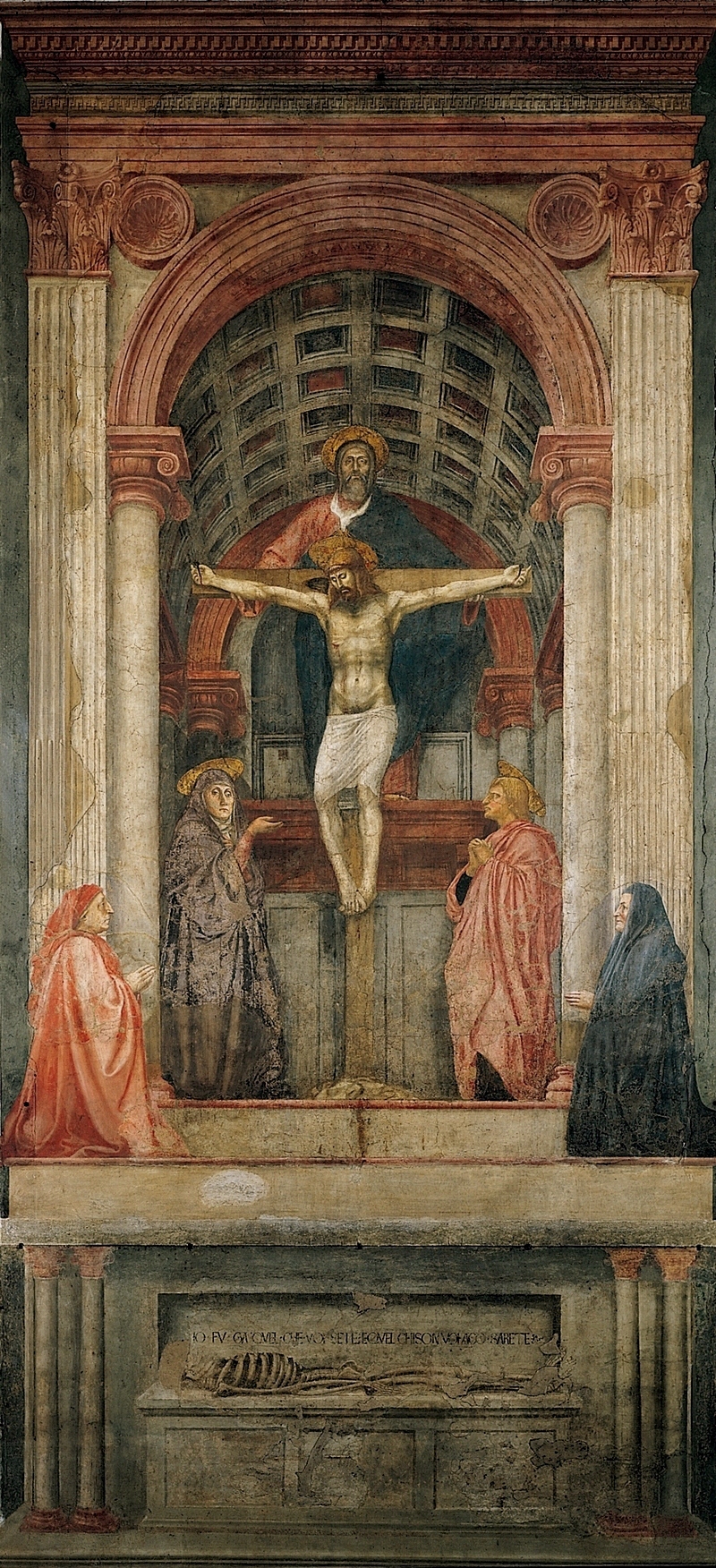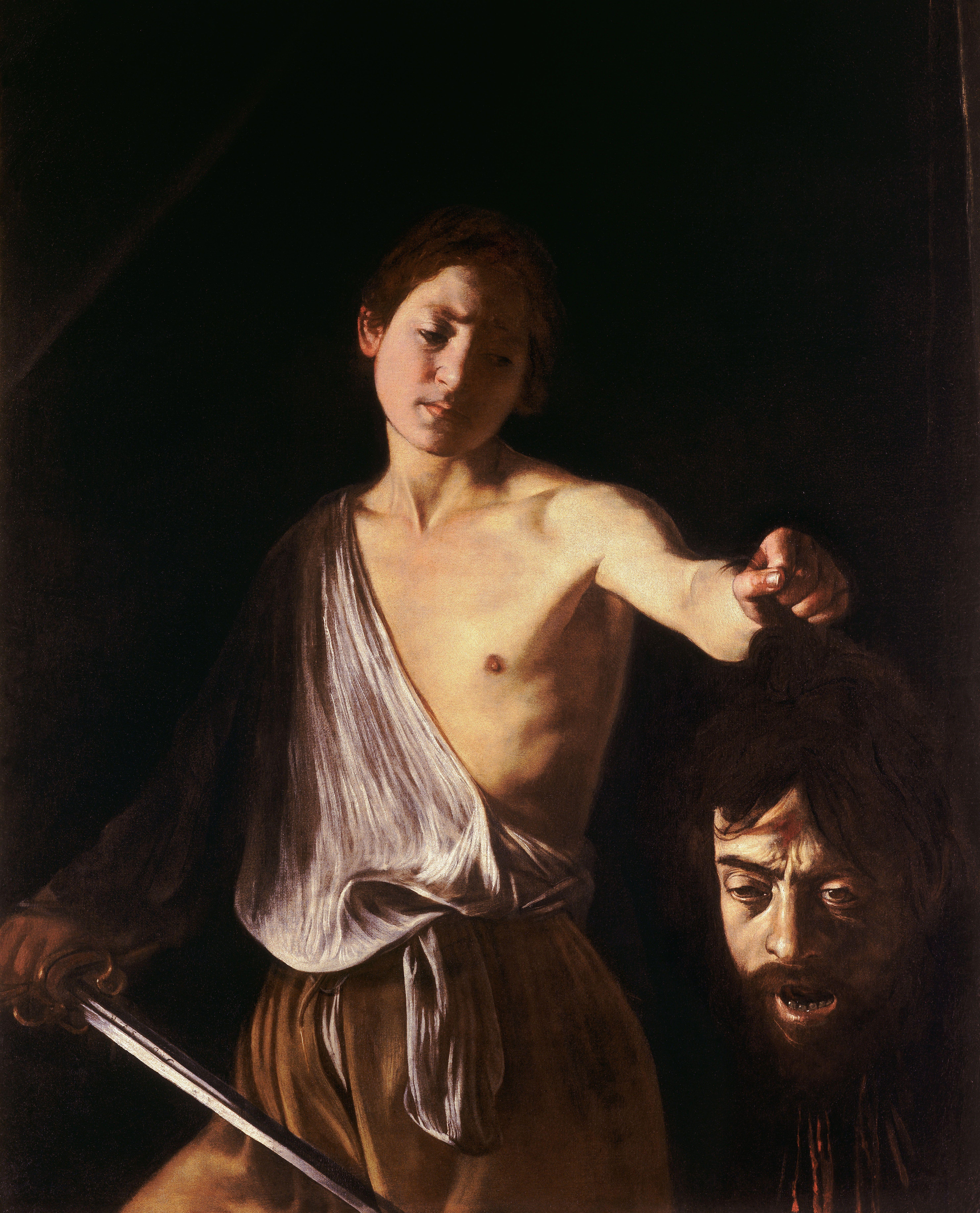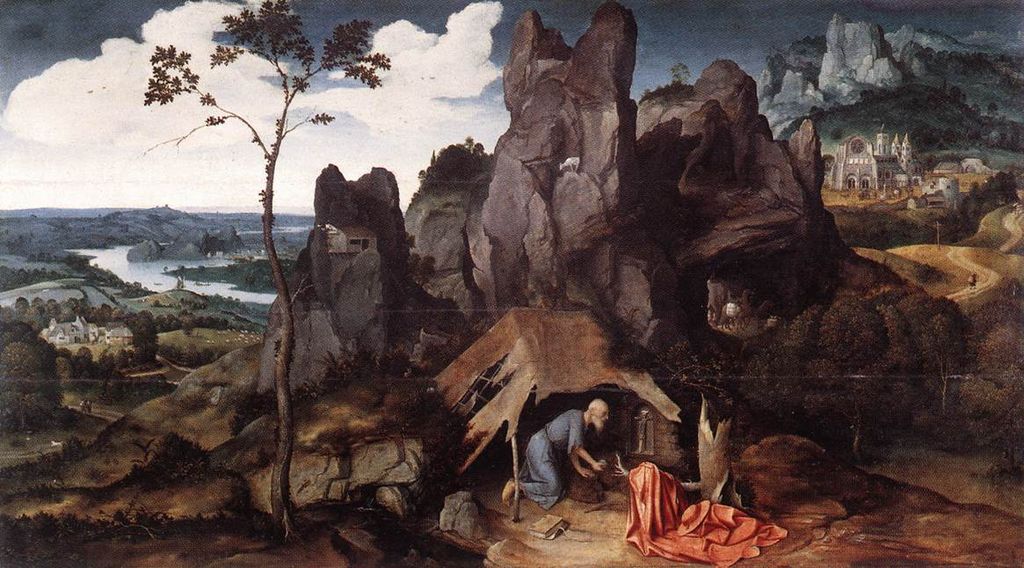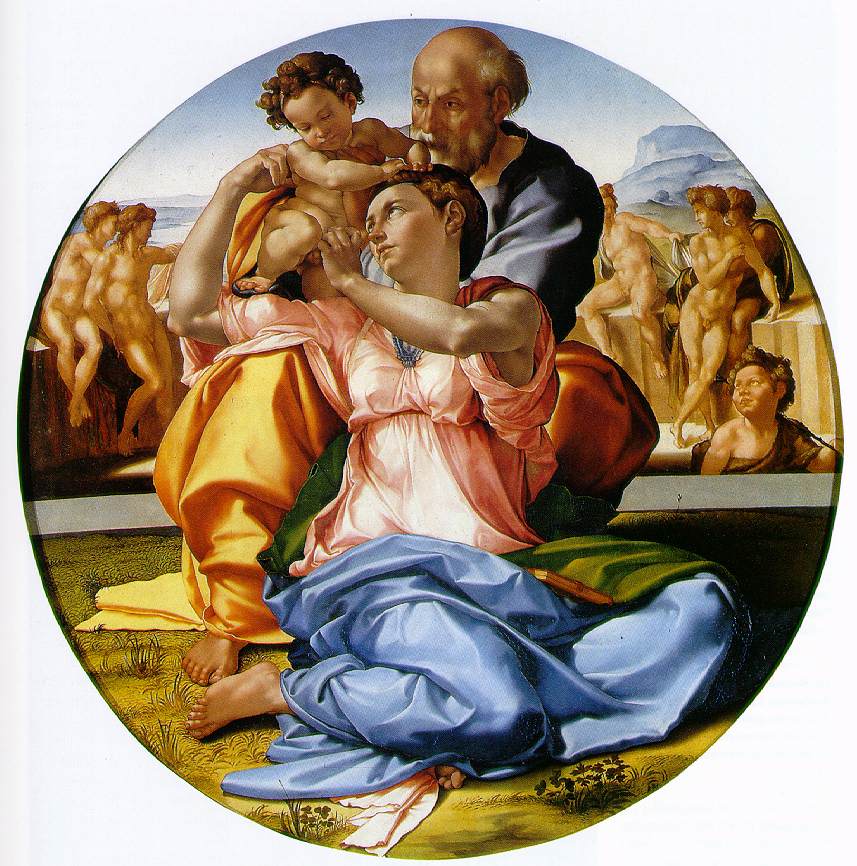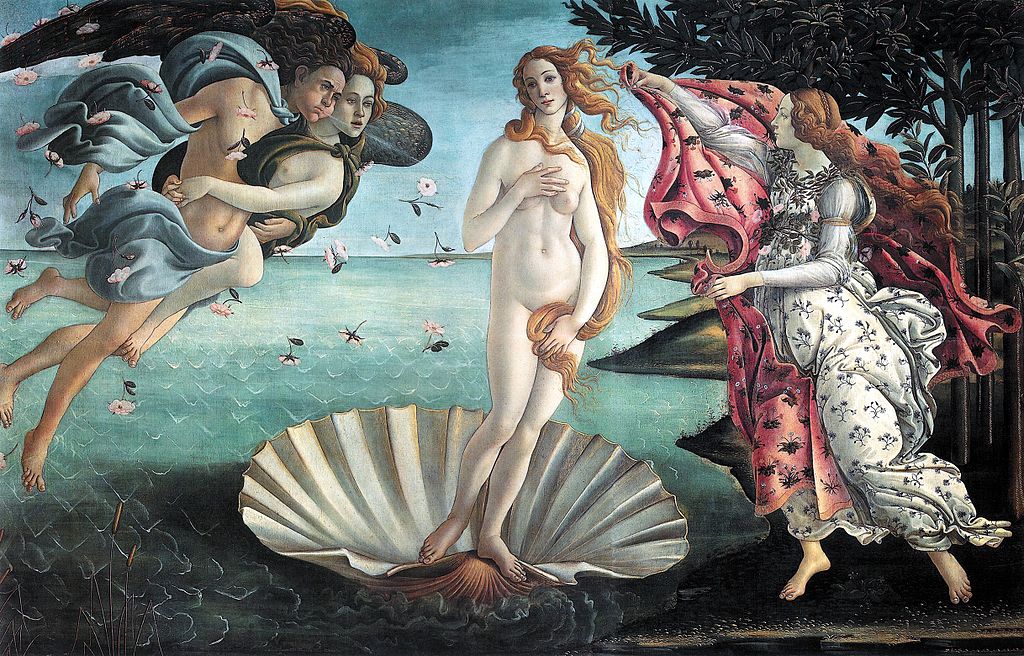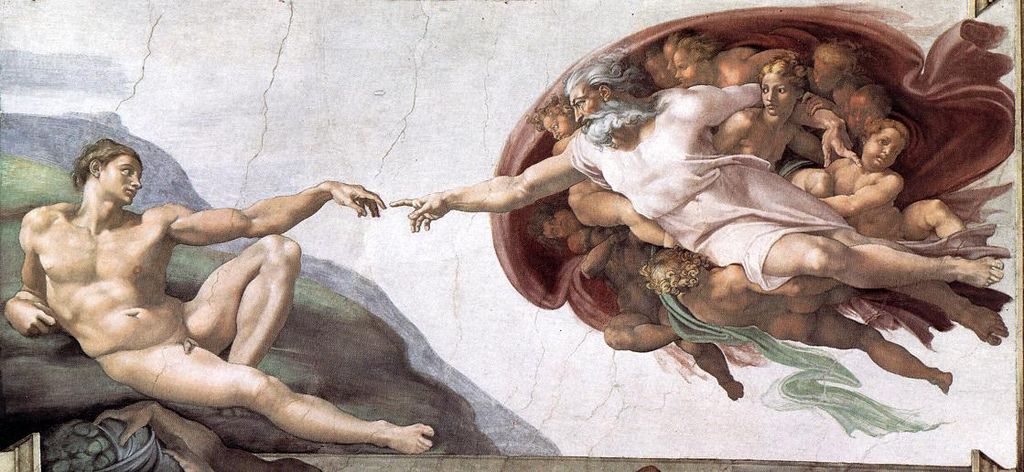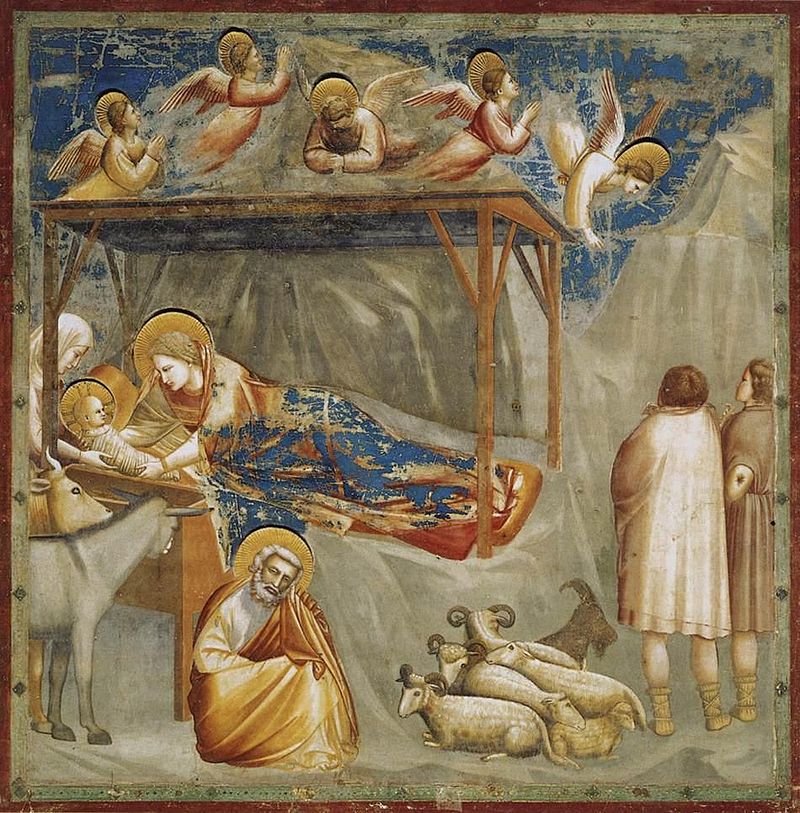Pietà (noun) A representation of a sorrowful Virgin Mary holding the dead body of Jesus, usually found in sculpture. The most famous example was sculpted by Michelangelo in St. Peter’s Basilica in Rome for the French cardinal Jean de Billheres. The Pietà was an unusual … Continue reading
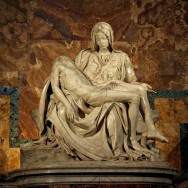 Michelangelo, Pietà, 1498-1499, marble, 68.5
Michelangelo, Pietà, 1498-1499, marble, 68.5

